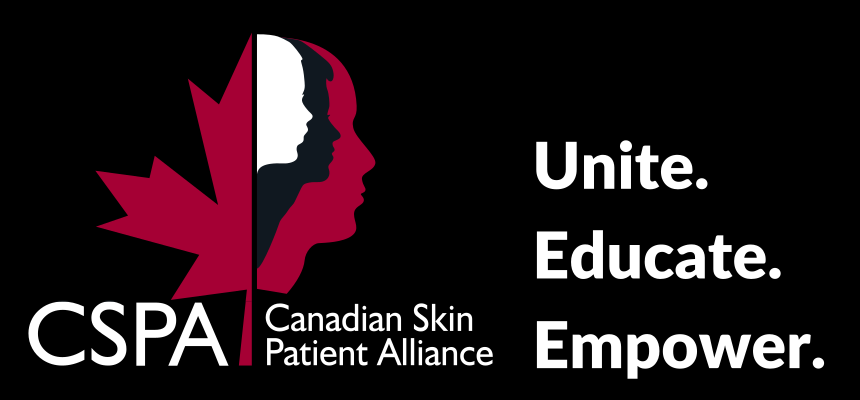Symptoms
Lupus Erythematosus
Symptoms vary from person to person and may come and go. Some symptoms are more common than others and may be mild or severe. Common symptoms include:
- Painful or swollen joints
- Muscle pain
- Fever
- Red “butterfly” rash over nose and cheeks
- Chest pain upon deep breathing
- Unusual loss of hair
- Pale or purple fingers or toes from cold or stress (Raynaud’s phenomenon)
- Sun sensitivity
- Swelling (edema) in legs or feet; weight gain
- Seizures or psychosis
- Mouth ulcers
- Swollen glands
- Extreme fatigue
The type and severity of symptoms depend on the areas of the body that are affected. In discoid lupus, a rash is typically the only symptom. The rash does not usually itch or hurt, but it may scar. In systemic lupus erythematosus, many body systems are involved. Additional symptoms may be present that are related to inflammation in these areas.
Rheumatoid Arthritis
The major symptom is joint pain. Other symptoms include:
- Pain and swelling in the joints, especially of the wrist and hand
- Pain and swelling that is symmetrical (e.g., in the same joints on both sides of the body)
- Stiffness after long periods of sitting or in the morning
- Possible inflammation in other body tissues or organs
- In some people, lumps (rheumatoid nodules) under the skin, often over bony areas
- In some people, dry eyes and mouth
- Flu-like symptoms (fatigue, weakness, low fever)
- Muscle pain
- Loss of appetite, weight loss, depression
- Cold or sweaty hands and feet
The symptoms, which vary among individuals, may start gradually or with a sudden attack. In some people, the disease is characterized by mild flare-ups with periods of inactivity. In other people, the disease is continuously active and may progress over time.
Scleroderma
Localized scleroderma affects only the skin and the deep tissues below the skin. Systemic scleroderma affects not only the skin but the blood vessels and internal organs. The progression of scleroderma varies widely. Disease that involves major organs such as the lungs, heart or kidney can lead to severe disability or death if left untreated. Symptoms include:
- Shiny, thick, hard areas of skin
- Numbness, pain, or colour changes in fingers or toes from cold or stress (Raynaud’s phenomenon)
- Stiff, painful joints
- Curling of the fingers
- Patches of enlarged blood vessels on the skin
- Digestive problems (acid reflux, difficulty swallowing, bloating)
- Sores over joints
- Puffy hands and feet, particularly in the morning
Dermatomyositis
The major symptoms are a distinctive rash and progressive muscle weakness. Other symptoms may include:
- Red or violet, hardened or scaly skin rash most commonly on the face, eyelids, neck, chest, and overlying joints such as the knuckles, knees and elbows. Affected areas may be sensitive to sun.
- Muscle weakness, particularly in the hips, thighs, shoulders, upper arms and neck. This weakness is symmetrical, appearing on both sides of the body.
- Muscle pain
- Tiredness, fever and weight loss
- Difficulty swallowing (dysphagia)
- Hardened deposits of calcium under the skin (calcinosis), especially in children
- Gastrointestinal ulcers and infections, especially in children
- Lung problems (weakness of muscles used for breathing, fibrosis, coughing, shortness of breath)











